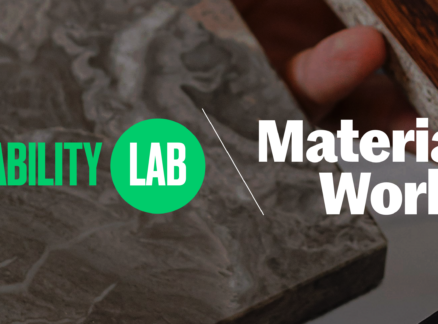April 26, 2013
Test Article 2
Amar is a visually challenged undergraduate student at a prestigious liberal arts institution in Mumbai, who feels doubly disadvantaged when compared to his classmates. “In St. Xavier’s College, most of the students come from very rich families, and I come from a lower class family,” he says, with knitted eyebrows. “The rich are getting richer, […]
 Amar is a visually challenged undergraduate student at a prestigious liberal arts institution in Mumbai, who feels doubly disadvantaged when compared to his classmates. “In St. Xavier’s College, most of the students come from very rich families, and I come from a lower class family,” he says, with knitted eyebrows. “The rich are getting richer, and the poor are getting poorer. I want to cut [through] that.” There is more to his observation than sophomoric angst. Even in their best years, India and Brazil merely dented the vast inequalities among their people. Now, the developing superpowers face an economic slowdown, but ambitions still run high and are often frustrated. Sonia Manchanda, a principal and co-founder of Idiom, a large design consultancy based in Bangalore, India, believes that strategists and policymakers need a radical new approach to development. “We need to shift away from thinking about people’s needs,” she says, “to helping them realize their dreams.”
Amar is a visually challenged undergraduate student at a prestigious liberal arts institution in Mumbai, who feels doubly disadvantaged when compared to his classmates. “In St. Xavier’s College, most of the students come from very rich families, and I come from a lower class family,” he says, with knitted eyebrows. “The rich are getting richer, and the poor are getting poorer. I want to cut [through] that.” There is more to his observation than sophomoric angst. Even in their best years, India and Brazil merely dented the vast inequalities among their people. Now, the developing superpowers face an economic slowdown, but ambitions still run high and are often frustrated. Sonia Manchanda, a principal and co-founder of Idiom, a large design consultancy based in Bangalore, India, believes that strategists and policymakers need a radical new approach to development. “We need to shift away from thinking about people’s needs,” she says, “to helping them realize their dreams.”
Manchanda resolved to bring about that shift with an audacious initiative called Dream:In. Backed by a dedicated team at Idiom, and in collaboration with Jose Carlos Teixeira, a professor at New York’s Parsons The New School for Design, she sent out a posse of 101 youths all over India, travelling 15,000 miles by road and rail, initiating thousands of conversations with people like Amar. Through empathy, patience, and the power of small talk, they nudged their interviewees towards a simple but powerful question: “What is your biggest dream?” The responses they gleaned have led to a new model for seeking out and funding entrepreneurial ideas that is finding adherents in many other parts of the world.
“The idea first came to me during a conference on ethnography in Japan,” the 41-year-old Manchanda says. “I realized that user research tends to focus on what is, not on what can be.” She wanted to go directly to Indians on the street to find out how they envisioned their, and how design could help them achieve it. It sounds sensible enough, but India is a country of over a billion people, with enormous diversity. Such a thing had never been attempted before.
“Sonia sent me an email in late November 2010, describing the general picture for Dream:In.” Teixeira says. “When I read the email, I had a moment of disbelief.” But when he had been to Bangalore a few months earlier, collaborating with Idiom on a design leadership workshop for corporates, he had seen how quickly the firm could set ideas in motion. “My earlier experience said, ‘No, this is India, this is the model, and we need to do it at this scale.”






